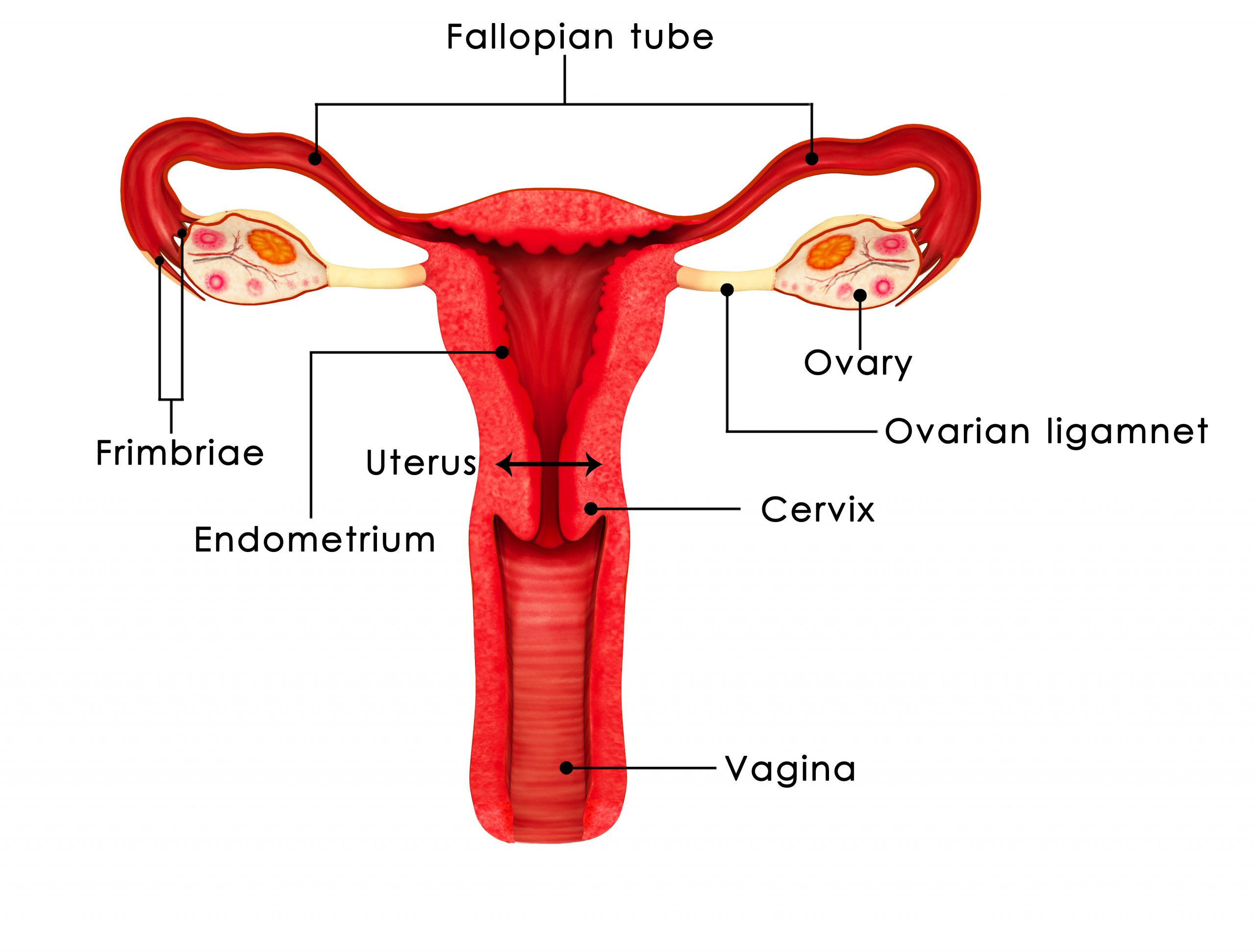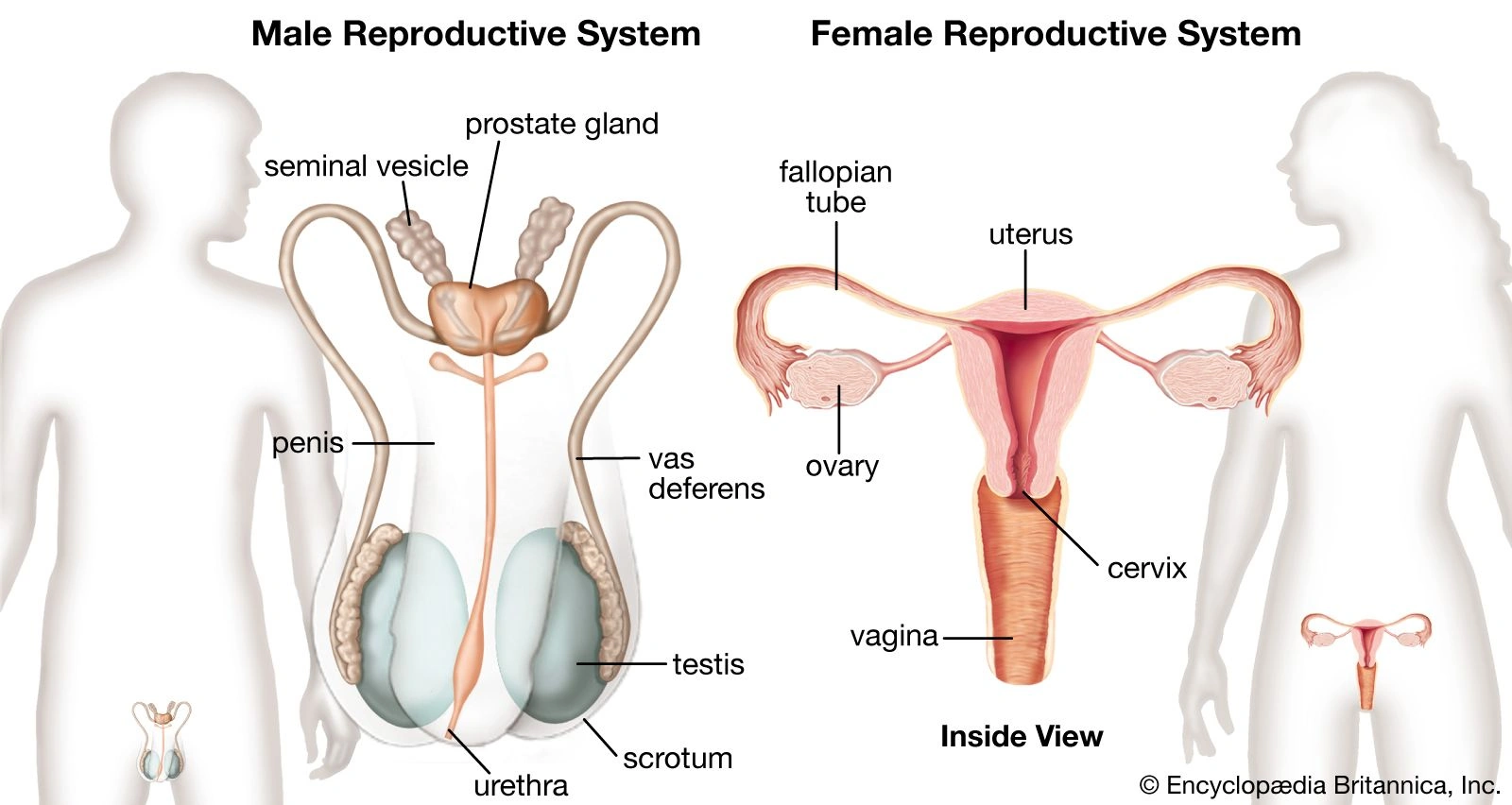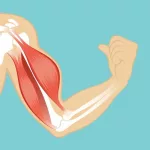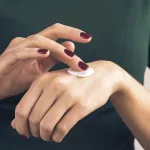Why Homologues Matter
Most people don’t realize that when it comes to our bodies—especially the reproductive system—male and female parts are basically cousins. Not twins, okay, but surprisingly close relatives. Have you ever noticed that some things about our bodies aren’t as different as everyone makes them out to be? Let’s just say, anatomy has more in common under the skin than most textbooks (or awkward high school classes) let on. So what gives? Why do we see obvious differences but find so many similarities hiding under the surface? Buckle up: we’re diving deep into the wonderful world where biology, history, and some pretty quirky stories meet.
Today, we’re going to discuss the structure and function of the human reproductive system by making it real, human, and yes—sometimes a little bit messy. Because let’s face it, talking about this stuff isn’t always easy. But when you find out how much these body parts share, it’s sort of mind-blowing…and honestly, kind of cool.
Ever Wondered About Shared Origins?
This blows people’s minds every single time: In the beginning, all embryos—boy or girl, XX or XY—start with almost identical gear. It’s like a universal starter pack! The real switcheroo happens a handful of weeks into pregnancy, when a special gene (hello, SRY) on the Y chromosome jumps into action for boys. This little gene basically tells the body, “Alright, let’s go the male route!” If it’s missing or quiet, bam: baby develops along the female path instead. It’s nature’s version of “choose your own adventure”—but with organs instead of plot twistsaccording to key developmental biology research.
Real talk: I remember my friend Amy, during a birth class, whispering to her husband, “Wait…ovaries and testes are like, long-lost siblings?” Yes, Amy. That’s exactly it. Both these organs start from the same blueprint. The way their paths fork is thanks to those genes and hormones playing conductor. So, you might say everyone’s reproductive system started with the same set of Lego blocks, they just got snapped together a little differently.

Comparing Ovaries and Testes
| Female Homologue | Male Homologue | Shared Role |
|---|---|---|
| Ovary | Testis | Produce sex cells (eggs or sperm) and key hormones |
| Tubal structures (uterine tubes) | Vas deferens/epididymis | Transport sex cells |
| Labia majora | Scrotum | Protect/support external sexual organs |
| Clitoris | Penis (glans and body) | Erectile tissue, sensation |
Seriously—check out how many things match up once you start thinking about the embryos’ shared start. So next time someone jokes about boys and girls being “from different planets,” just know it’s actually more like “different rooms in the same house.” If you want all the delightful, nerdy details, peek at discuss the structure and function of the human reproductive system. It’ll make you see your body (and your partner’s!) a little differently, promise.
How Do These Parts Team Up?
Okay, so we’ve got these sibling-like parts—what exactly are they doing? Beyond their day jobs (eggs, sperm, the usual suspects), there’s a coordinated dance between these organs you’ve probably never given much thought to. The ovaries, for example, are like little timekeepers, releasing an egg every month on their own internal schedule. The testes? Seriously consistent—always in production mode, rolling out new sperm all the timevisiblebody’s overview of homologous reproductive structures.
I once had a couple friends struggling with fertility. Their doctor compared ovaries to a “slow-release app”—drops one update (the egg) monthly, while testes act like a “streaming service,” always on and ready. That clicked for them instantly: different rhythms, but the goal is the same. The team-up is real—and honestly, it’s kind of poetic when you think about how these body parts work together, even when things don’t look picture-perfect.

A Closer Look: Monthly Cycles vs. Constant Production
| Ovaries (Female) | Testes (Male) |
|---|---|
| Release one (sometimes two) eggs per month | Produce millions of sperm daily |
| Hormone levels rise/fall, affecting mood and energy | Testosterone stays steadier, but still affects mood |
| Cycle can be tracked with apps, signs, or diaries | Production less obvious without lab testing |
Quick tip—want to hack your health? Whether you’re female or male, try tracking the changes in your mood, energy, or, yes, even spark. Patterns will pop up. Sometimes you’ll be surprised and realize, “Oh, that’s what was happening with my energy last week!” Stuff like this makes discuss the structure and function of the human reproductive system feel way more personal…and less like another boring science class.
How This Shapes Wellness
Alright, big picture time. Besides baby-making, the function of these organs (and their hormones!) ripples out into almost every corner of your daily life. Have you ever had a day where you feel unexplainably low-energy…or suddenly super motivated? Sometimes, it’s not just your mood. Hormones produced by the ovaries and testes aren’t about reproduction alone—they support your bones, your heart, even your brain.
One friend of mine hit perimenopause and couldn’t figure out why her energy tanked…until she learned her ovaries were dialing back production. I’ve seen guys feel “off” and find out it was low testosterone from the testes making things fuzzy. We don’t talk about this enough. But once you understand the deep connection, you’ll start recognizing the signals before they become bigger problems.
Hormones: Unsung (and Sometimes Mischievous) Heroes
The ovaries crank out estrogen and progesterone, which are like body managers—handling everything from menstrual cycles to skin glow and even memory. The testes mostly handle testosterone, bringing on beard growth, muscle mass, and that classic “get-up-and-go.” But here’s the thing—a lot of what we chalk up to “personality” or “willpower” can actually trace back to these little hormone surges and dips.
Some weeks, you might feel like you could run a marathon. Other times, all you want is Netflix and a nap. It’s not magic or laziness…just your biology, reminding you that you’re not a robot. If you’re curious, take a week to jot down your moods or energy levels. You might spot a few clues leading straight back to your reproductive system’s own behind-the-scenes action.
Busting Myths: Male and Female Cycles
| Myth | The Reality |
|---|---|
| Men don’t have cycles | True, no monthly periods, but testosterone levels still fluctuate daily and seasonally! |
| Hormones only matter for having babies | Hormones affect bones, brain, libido, and even how well you sleep |
| Once menopause or low testosterone hits, it’s all downhill | With smart wellness moves, you can keep feeling good—support and knowledge are game-changers! |
If that breaks a few stereotypes, good. Because to really discuss the structure and function of the human reproductive system is to see just how much these parts matter, whether or not babies are part of your plan.
Supporting Your Reproductive System
Let’s get practical for a moment. If these organs have such a starring role—how do you keep them performing at their best? Start with the basics: real food, regular movement, restful sleep, and less stress. Yes, it sounds obvious. But think about it—every workout, every veggie, every hour of sleep is feeding your body’s ability to balance those all-important hormones.
Case in point: I once advised a buddy, fresh out of his doctor’s office, to try some simple tweaks—like more greens, less late-night scrolling, a weekly run. No joke, within weeks he said he felt “more himself again.” Sometimes the answers aren’t fancy. They’re just regular, repeated, and rooted in understanding how your own body works.
Easy Wins for Everyday Health
- Tune out chronic stress—your hormones hate it. Try a walk with music, a few deep breaths, or (my current favorite) doodling bad cats during meetings.
- Check your nutrition—protein, healthy fats, leafy greens, all the rainbow foods. Every bite, your organs say thanks, trust me.
- If you’re female, learning your monthly rhythm can be a superpower. And guys: a yearly hormone check can dodge a LOT of future stress.
Don’t go it alone, either. Our culture loves the “tough it out” motto, but there’s zero shame in asking for help, whether that’s medical, nutritional, or emotional support.
Everyday Stories, Real Changes
- One woman, fighting PCOS, started simple strength workouts and noticed her cycles smoothing out—plus, her mood mellowed.
- One guy with energy slumps found out he needed extra vitamin D for his hormone levels to tick back up—a reminder that everyone’s “normal” is different.
For both, the first step was just getting curious enough to discuss the structure and function of the human reproductive system—and realizing help was only one question away.
Your Reproductive Roadmap
If you’re still with me after all this, congrats. We’ve journeyed from embryonic blueprints to the day-to-day of cycles, hormones, moods, and myths—what a ride, right? The big secret most people miss: these organs aren’t on totally separate teams. They’re working from the same set of blueprints, just remixing the recipe. So next time you stub your toe on a health headline or get nervous at your check-up, remember: knowledge is your backup dancer.
The smarter you get about this stuff, the less scary it feels. The more you notice patterns (and yes, track a mood or two), the more prepared you’ll be. Whether that’s making a doctor’s appointment, tweaking your sleep, or just starting an honest conversation with a partner, every step is worth it. Let’s stop treating “reproductive health” like it only matters if you want kids, or only during puberty. Your body, your wellbeing, your story—at every age.
So…what’s the one thing you’ll try this week? More sleep? A walk in the sun? Maybe, just maybe, courage to discuss the structure and function of the human reproductive system honestly? Drop me a line, share your story, or simply talk to your own body a little more kindly. You know more than you think…and your future self will thank you. Here’s to the messy, miraculous, interconnected journey that is us.


















Leave a Reply
You must be logged in to post a comment.